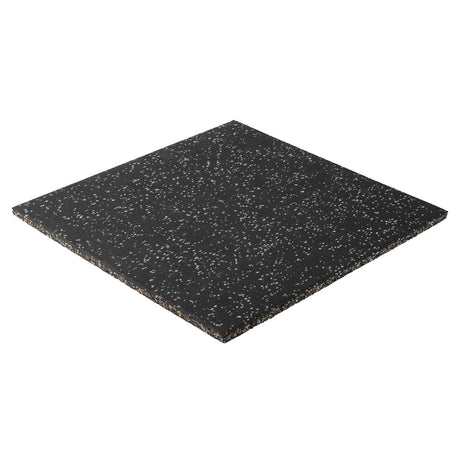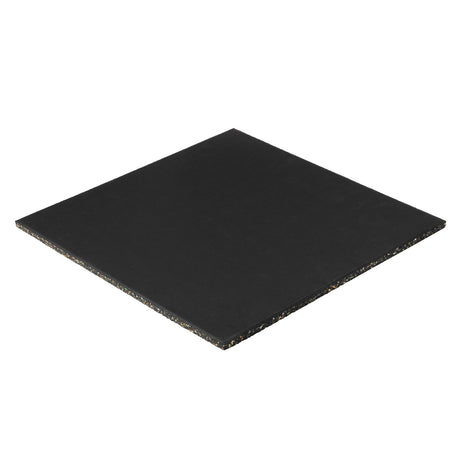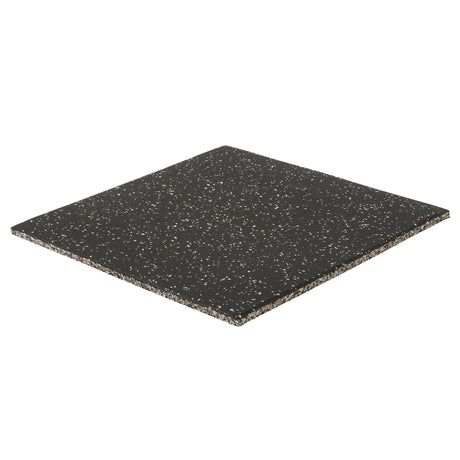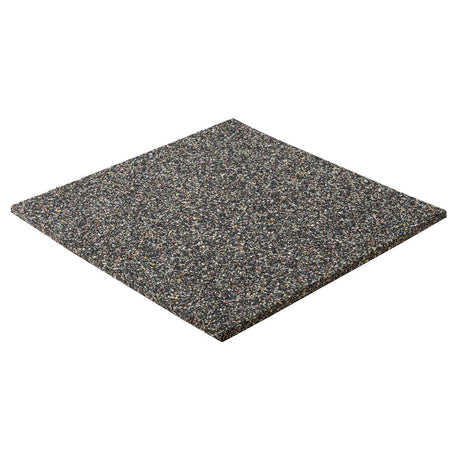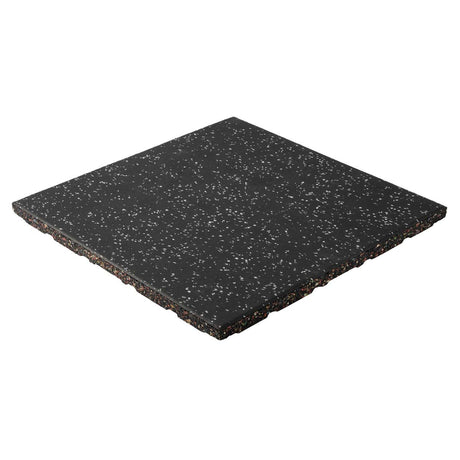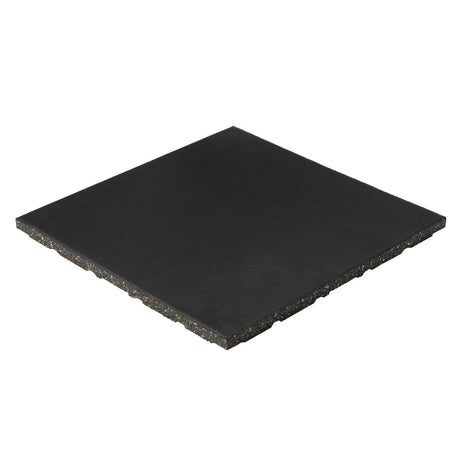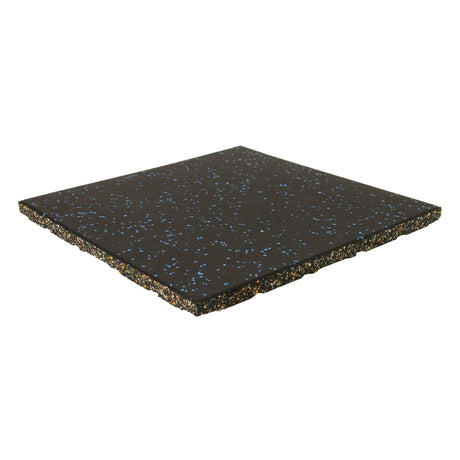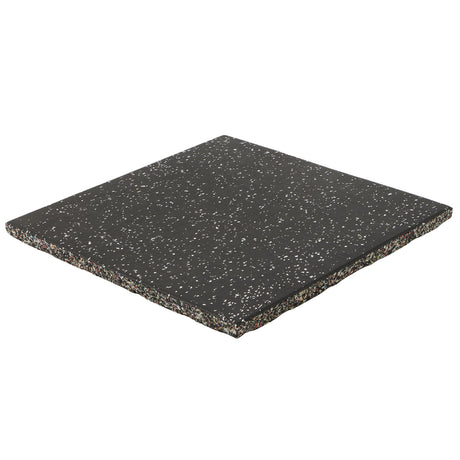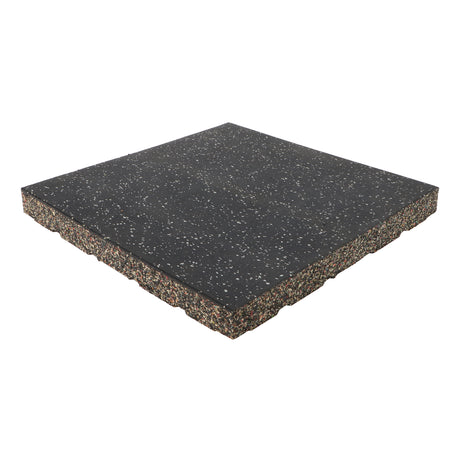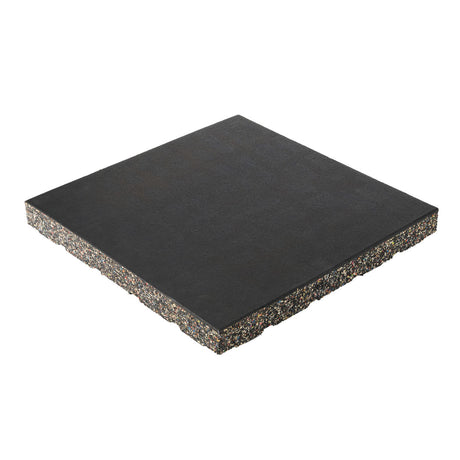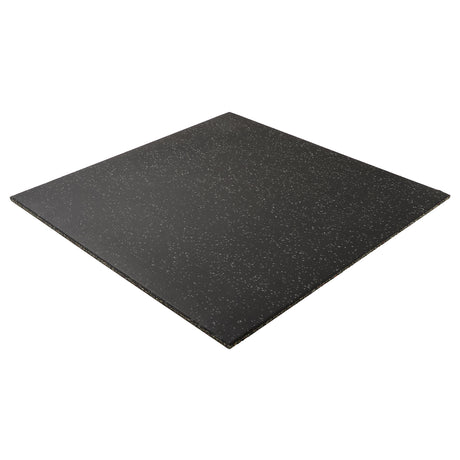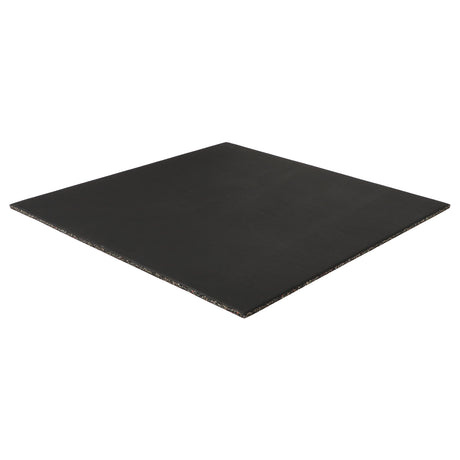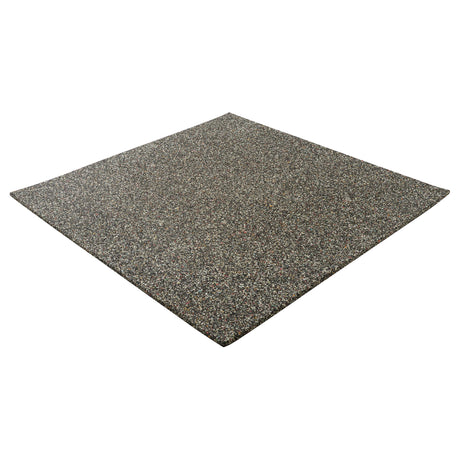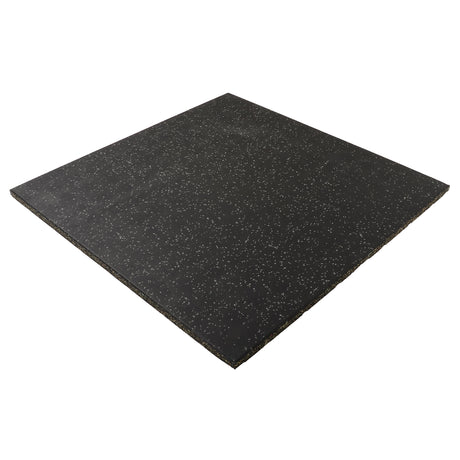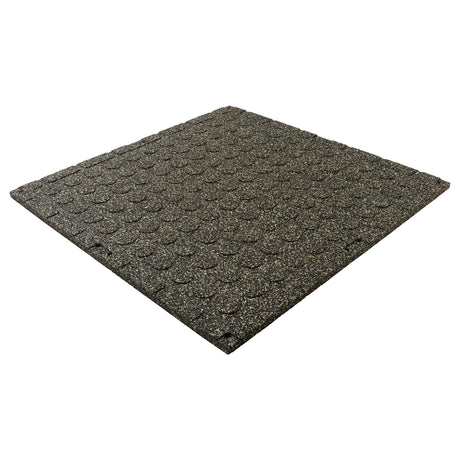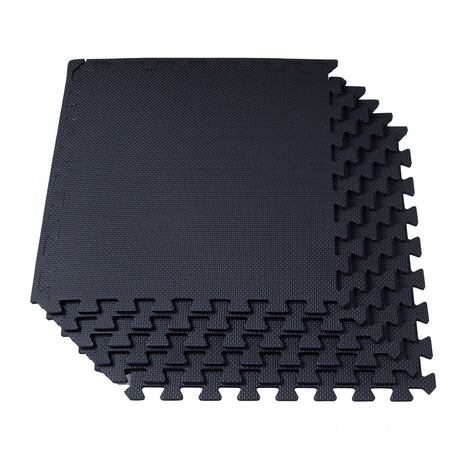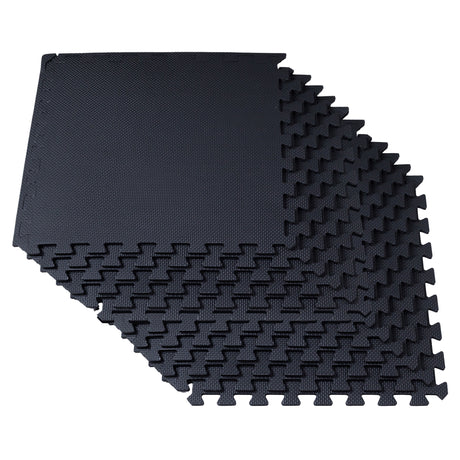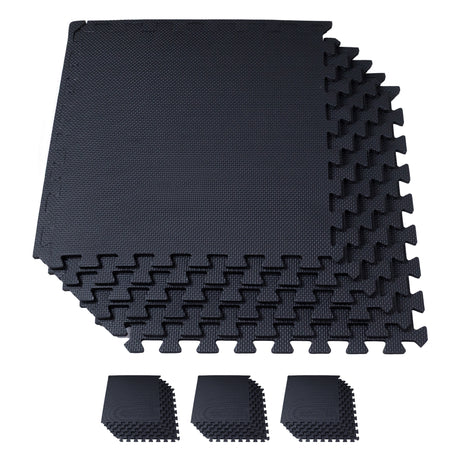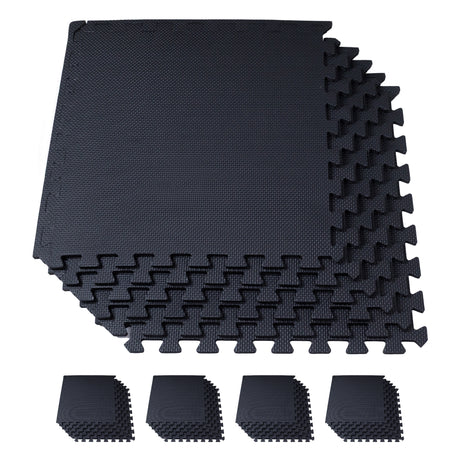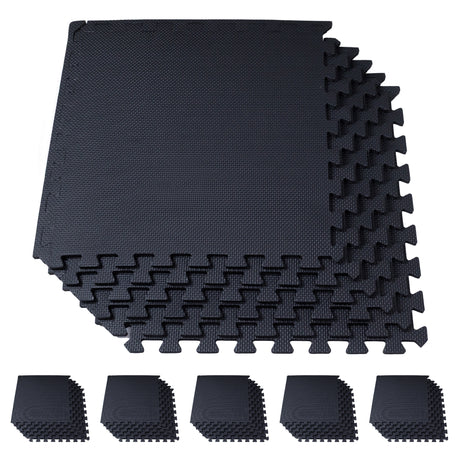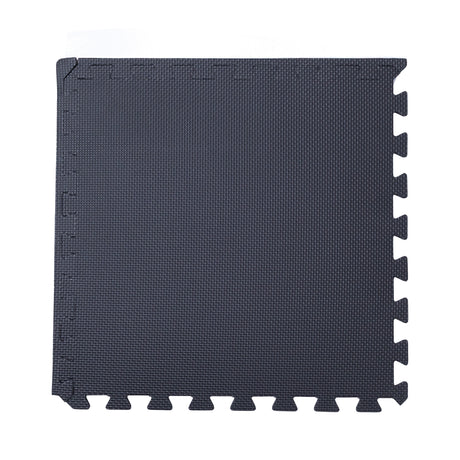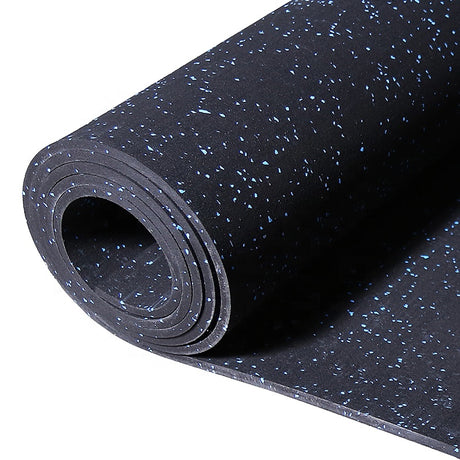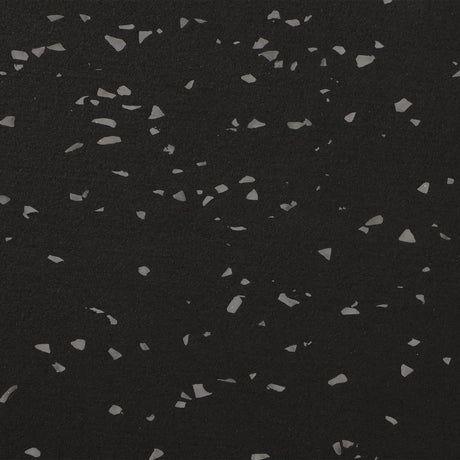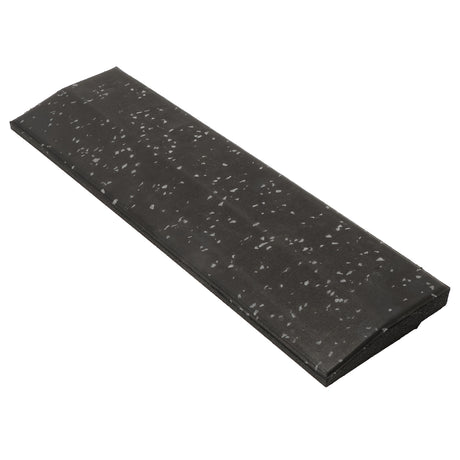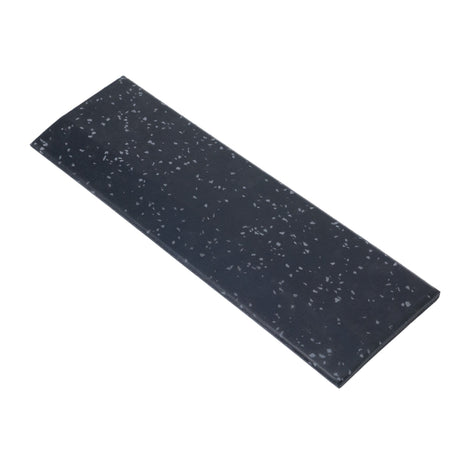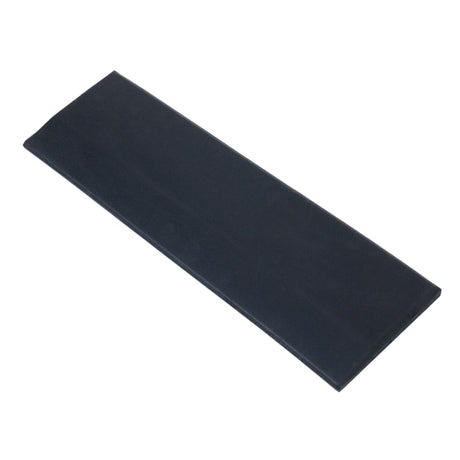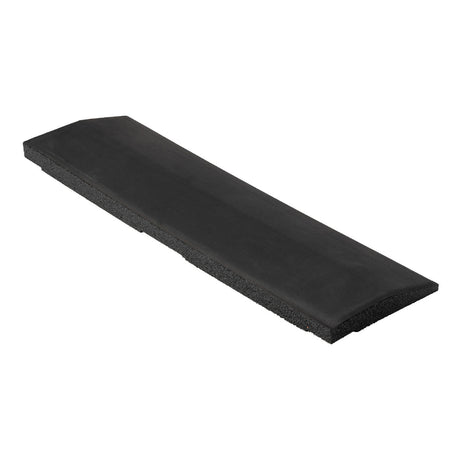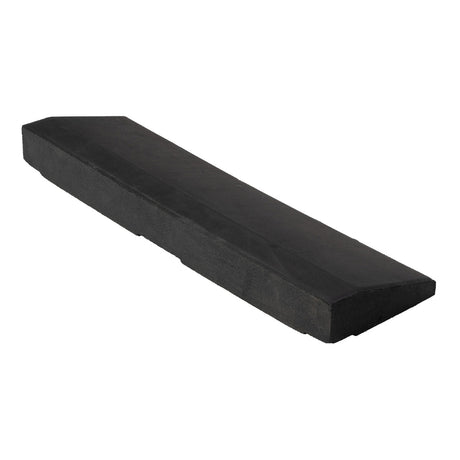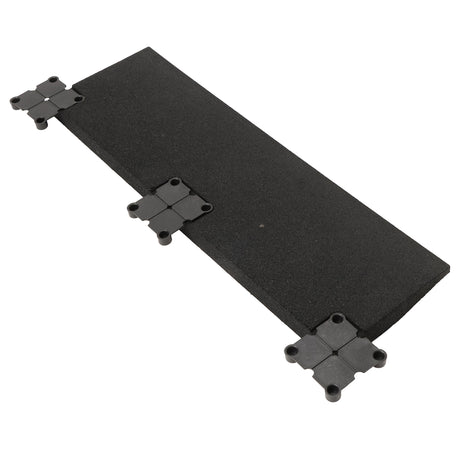Some people are considering a home gym where they can work out at home to relieve their lack of exercise, but they may have the following questions.
- Will the floor fall out in my home gym?
- What can you do to prevent the floor from falling out in your home gym?
- Besides the floor falling out, what other problems can you have in your home gym?
Home gyms require heavy training equipment, which can be a bit worrying, especially if you live in a wooden building.
In conclusion, the risk of losing your floor just by using a home gym is very low. However, if the floor is not properly reinforced, it may become damaged or distorted, which may result in compensation if the floor is rented.
This time, when actually building a home gym, we will explain the points to keep in mind regarding the floor and how to reinforce the floor.
The reason why there are almost no cases of the floor falling out at home gyms
Place heavy weights such as power racks and dumbbells in your home gym. Therefore, you may be worried that the floor will fall out. However, there is a legal reason why the floor of a house cannot be easily removed.
The load capacity of the floor is set at 180 kg or more per 1 m² according to the Building Standards Act.

According to Article 85 of the Enforcement Order of the Building Standards Act, the weight capacity of floors is set at 1,800N (183.55kg) or more per 1m². For example, a 6 tatami room is approximately 11m², so the entire room can withstand a weight of 19,800N (2,019kg).
Reference: Building Standards Act Enforcement Order | e-gov law search
Imagine working out at home. Although the Building Standards Act does not require the building to withstand a weight of 2 tons at one point, it is unlikely that the building will be used in a way that the floor will fall through.
Home gym equipment + people will not make you overweight
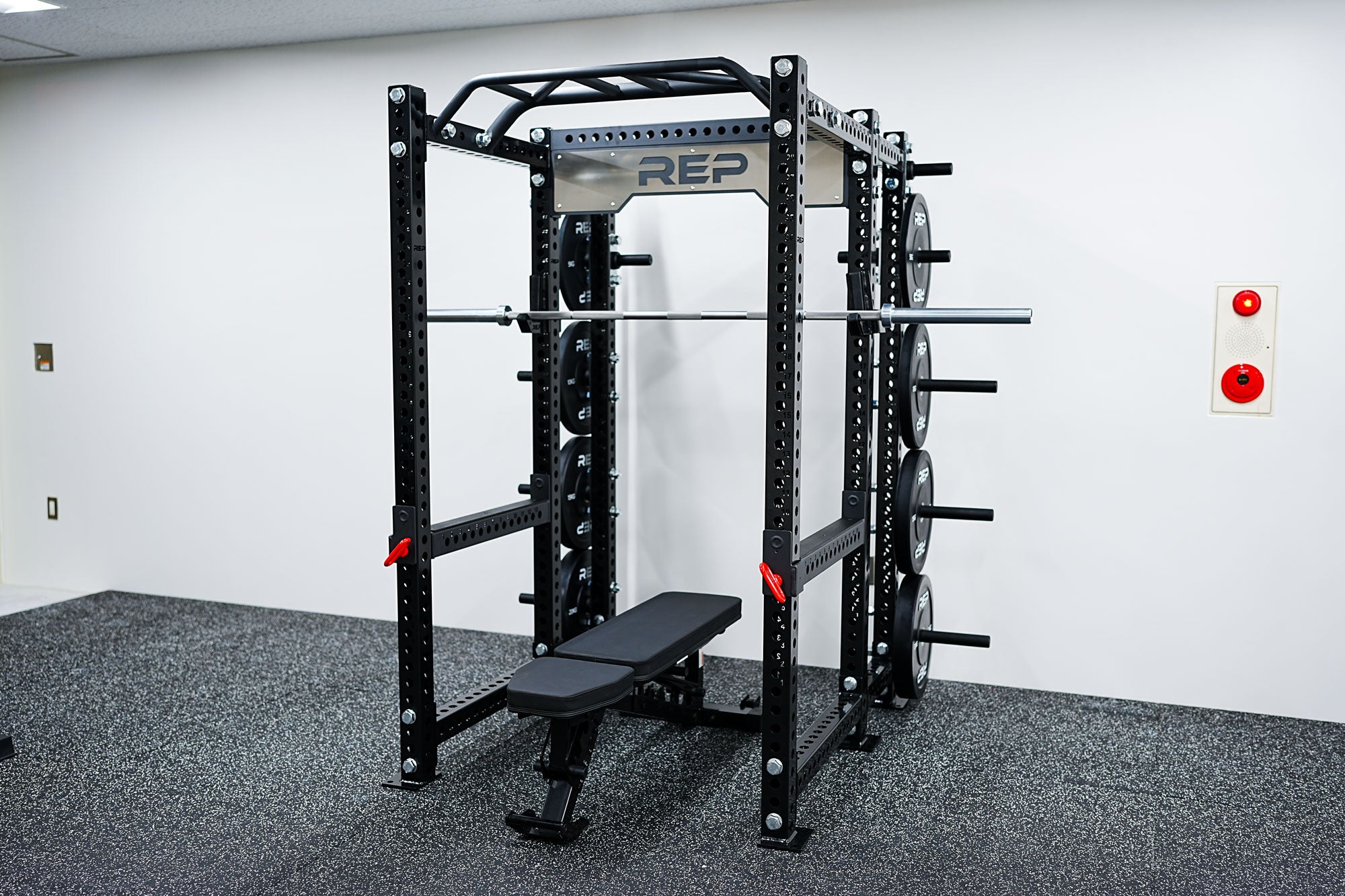
If you place heavy objects in an actual room, let's estimate the weight that will be applied to the floor. Typical heavy items placed in a home gym are power racks and exercise bikes.
For example, even a box-type power rack, which is one of the heavier racks you can install at home, weighs about 140 kg. If we estimate the weight of a human to be 100 kg, the total weight will be 240 kg. However, many models have a bottom surface of approximately 2 m², so the load is distributed. The load capacity of 2m² is at least 360kg, so the weight of the training equipment and the person alone will not be enough to cause the floor to fall out.
If you want to know more about the recommended equipment for a home gym, check out this article.
» Recommended training equipment for home gyms
Even if the floor doesn't fall out in your home gym, problems are inevitable.
Although there is little chance of the floor falling out when setting up a home gym, there are other problems to be aware of. Regardless of whether you live in an apartment complex or a single-family home, you must be careful about damage and noise. Here are three problems other than the floor coming off in your home gym.
Dropping a heavy object can cause major damage.
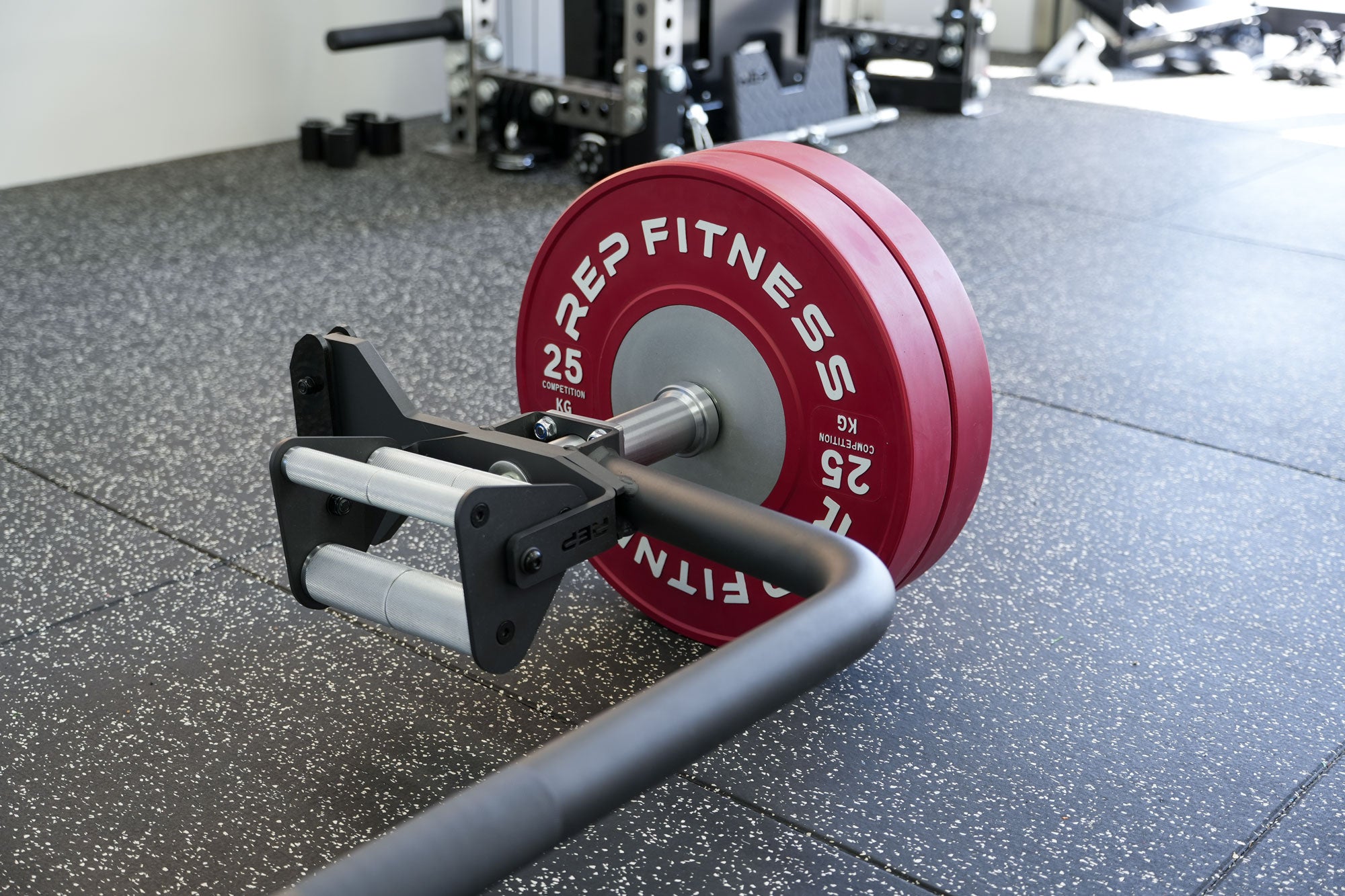
At home gyms, we train by lifting heavy objects such as barbells and dumbbells, which can cause major damage to the floor if dropped. If you drop a metal dumbbell on your flooring, you can easily imagine that it will get scratched.
In addition to slipping and falling, heavy objects can also fall. A barbell hanging on a power rack may fall, or a stack of plates may fall due to an earthquake.
Because home gyms have limited space, many people cram things in to fit as much equipment as possible. It is always best to keep in mind the risk of equipment that has been loaded "just in case" falling and damaging the floor or furniture.
Noise can cause trouble in the neighborhood

The point to be more careful about than the floor coming out is trouble with neighbors due to noise. Training in a home gym produces quite a bit of noise.
For example, deadlift is a training menu that requires lowering a barbell to the floor. Don from the neighborhood every day! Don! Who doesn't feel good when they hear a deep bass sound?
The sound of a metal barbell being returned to a power rack or the sound of a cable machine operating can all add up and cause trouble in the neighborhood.
A home gym is a piece of equipment that takes time to perfect. It would be such a waste to have to tear down the gym you've worked so hard to build because of troubles in your neighborhood. The flooring of your home is important, but don't forget to consider your neighbors.
If heavy equipment is concentrated on one point, there is a high risk of the floor denting.

If heavy equipment is concentrated in one area, the floor may cave in, if not collapse. Under the floor of a typical wooden house, there are pillars called ``joitakake'' and ``ohiki''. The space between the pillars is only covered by floorboards, so it is vulnerable to heavy loads.
Concentrating heavy loads on weak areas, for example by placing the legs of a power rack between the supports for long periods of time, increases the risk of the floor caving.
Especially in the case of a rental property, damage to the floor caused by heavy objects could be considered the tenant's fault. The Ministry of Land, Infrastructure, Transport and Tourism's guidelines for restoring rental properties to their original condition stipulate that dents in the floor caused by installing furniture are "something that would occur even if the tenant lives and uses the property normally."
However, if the tenant is negligent, such as dropping equipment in the home gym, the tenant may be held responsible for restoring the property to its original condition.
Causes of floor cracks, damage, and noise in your home gym
The direct reason why floor-related problems occur in home gyms is the impact that is applied to the floor, but the cause lies in the environment created. Let's take a look at three reasons why floor-related problems occur in your home gym.
Cause #1: Not managing your training equipment properly
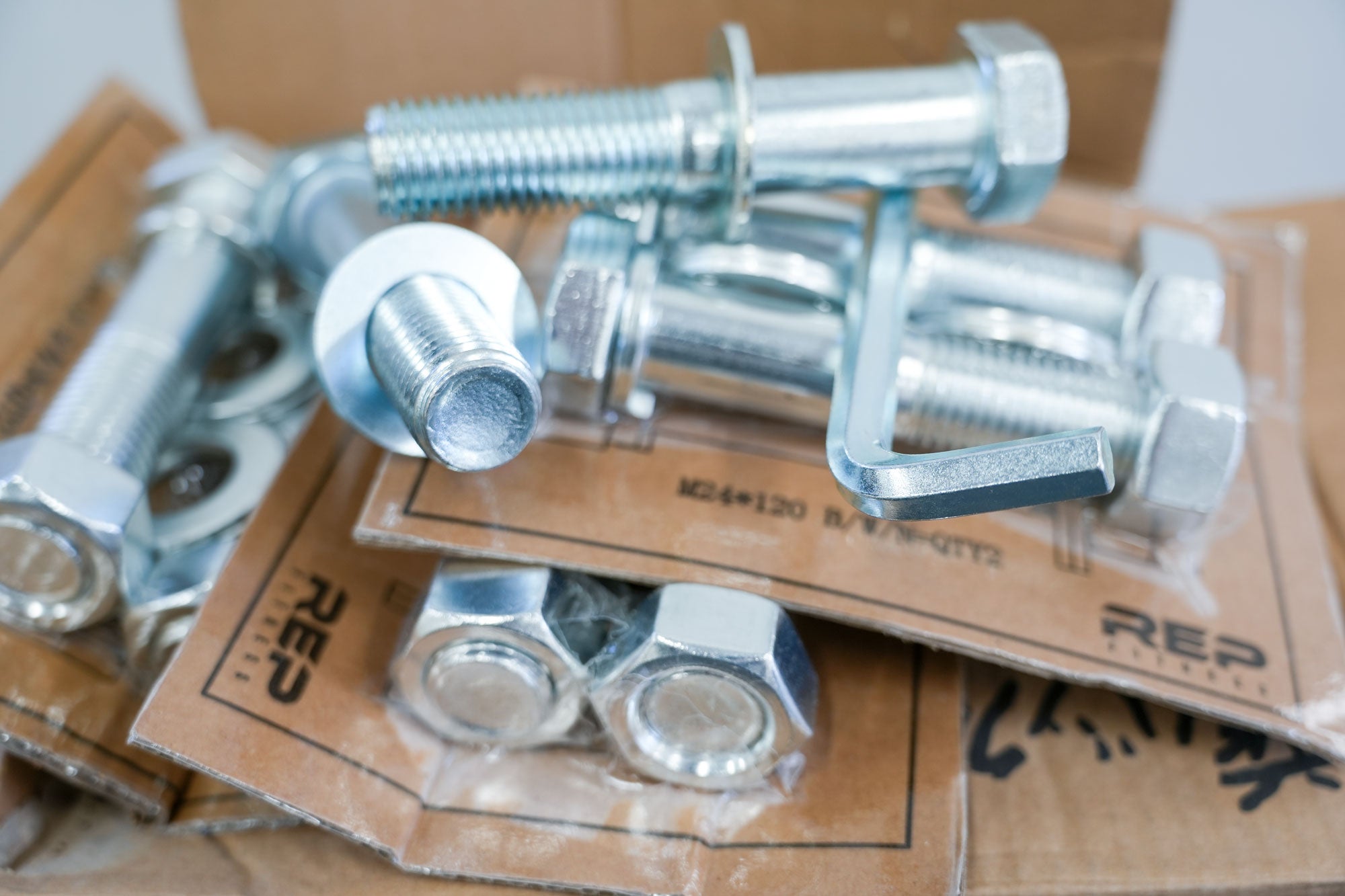
More important than having a lot of training equipment is to properly manage the equipment you have. Sloppy management can cause trouble, such as a barbell falling from a power rack or a plate placed vertically toppling over.
Daily maintenance is also part of management. If rack rattles or loose screws are left unaddressed, it will not only cause noise and damage to the floor, but in the worst case scenario, it will directly lead to an accident. For safety reasons, please manage the training equipment in your home gym according to the instructions in the instruction manual.
Cause #2: Too much training equipment
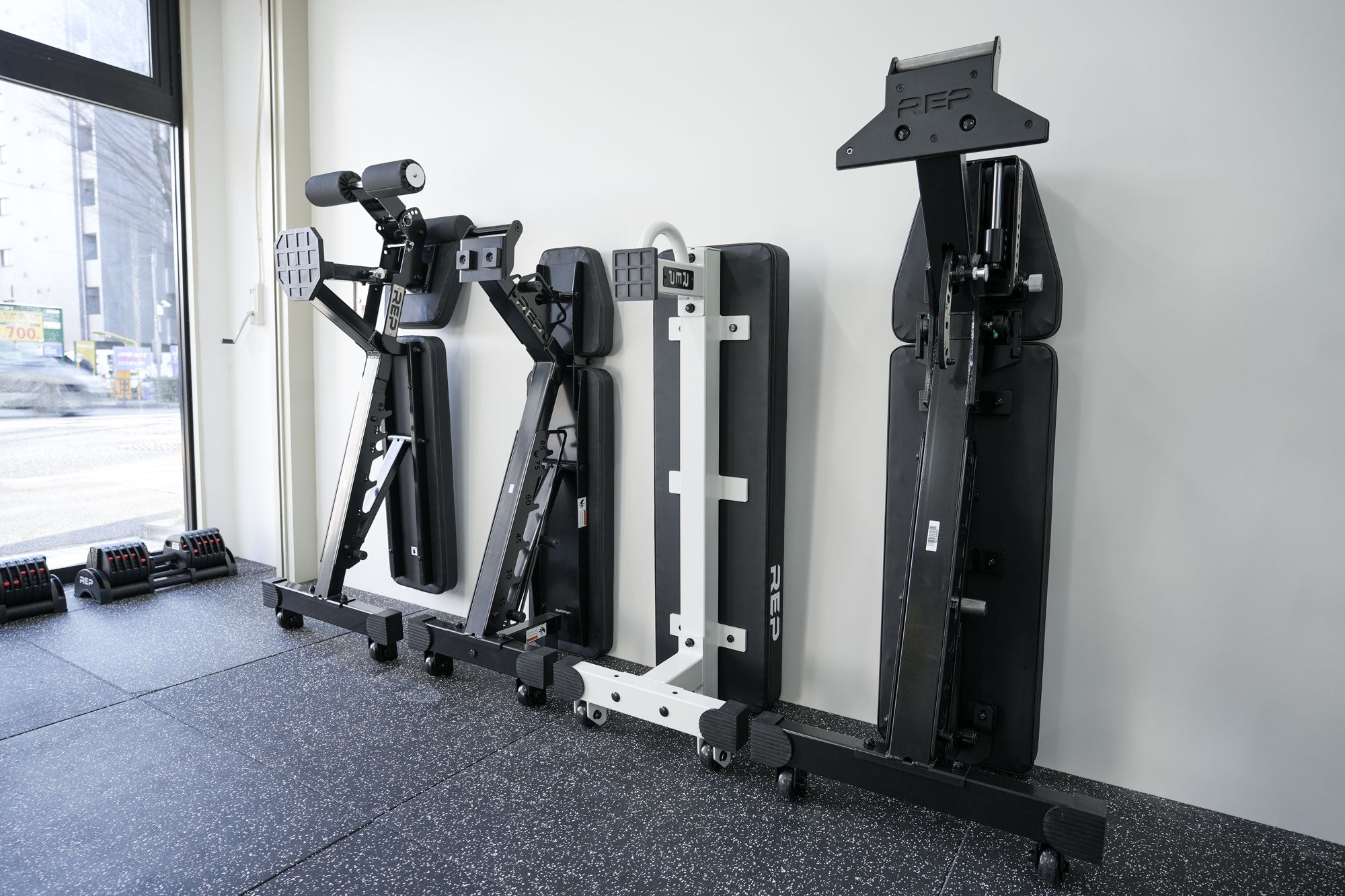
Too much training equipment increases the risk of damaging the floor. According to the Building Standards Act, a 6 tatami mat can withstand a load of over 2 tons, so even if you fill the room with training equipment, there is almost no chance that the floor will fall through. However, if you deploy a large number of instruments, there will be points where the load will be significant. There is a possibility that the floor in areas where the pillars do not run will dent, even if it does not fall out.
Also, having too much training equipment increases the risk of equipment bumping into each other in the room. If other equipment falls due to a collision, the impact will be applied in an unexpected place. Always consider the size of your room when adding equipment to maintain a safe training environment.
Cause #3: Floor reinforcement has not been done
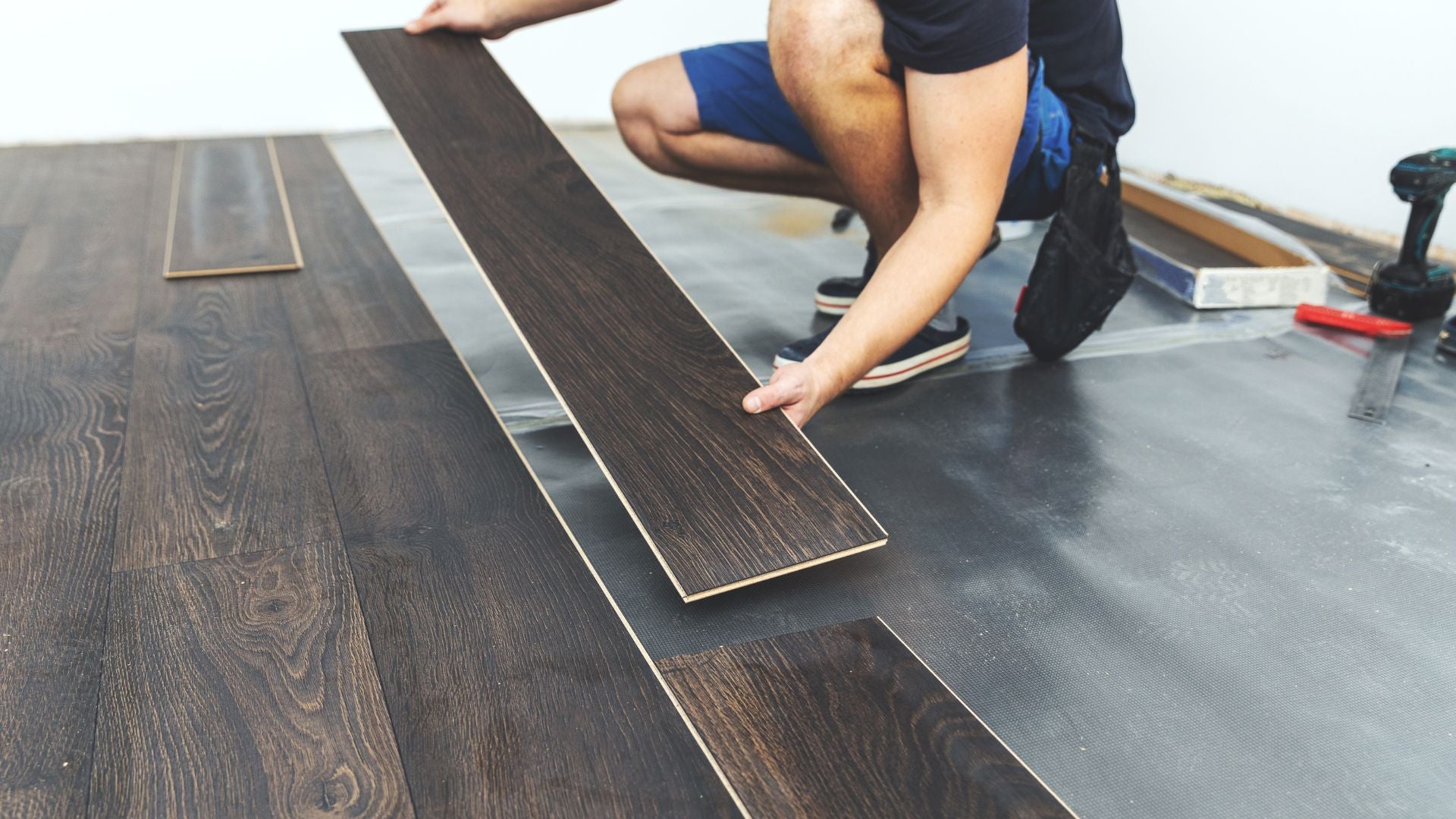
Reinforcing the floor is the first thing you should do when building a home gym. It is difficult to reinforce the floor after all the equipment has been placed in a room, and the floorboards may be damaged by the time the floor is reinforced.
By reinforcing the floor, damage from dropping equipment will be minimized. Especially when building a home gym on the second floor or higher, this is essential to avoid disturbing the people downstairs.
Even simple floor reinforcement can be effective and cost less than repairs. If you damage your floor and regret it, it's too late, so start building your home gym by reinforcing the floor.
Two measures and costs to strengthen the floor of your home gym
Even if you are training carefully, you may drop a dumbbell or other item. There are two methods of reinforcing floors: creating a layer to protect the floorboards on top of the existing floor, and increasing the strength of the floor itself. We will explain the costs and methods of each.
3-layer floor reinforcement that can be done quickly
Be sure to do some simple floor reinforcement for your home gym that anyone can do so you don't regret it. Create three layers of reinforcement on top of the floorboards using materials that are easily available online.
Assuming that a 6-tatami room is to be reinforced, the total cost will be less than 110,000 yen.
- Joint mat: Approximately 10,000 yen
- Plywood control panel: Approximately 30,000 yen
- Gym mat: 65,560 yen
It is also possible to finish it at a lower price if only the necessary parts are reinforced.
1st layer: joint mat

Lay the first layer of joint mat directly on top of the floorboards. It is sandwiched between the second layer of plywood control panels and serves to protect the floorboards from scuffing and mold.
Japan is hot and humid, so if pieces of wood are left in close contact with each other, it can easily lead to mold. In the case of rental property, mold is subject to the tenant's obligation to restore the property to its original condition according to guidelines from the Ministry of Land, Infrastructure, Transport and Tourism. Joint mats can be purchased for 6 tatami mats for less than 10,000 yen.
2nd layer: plywood control panel
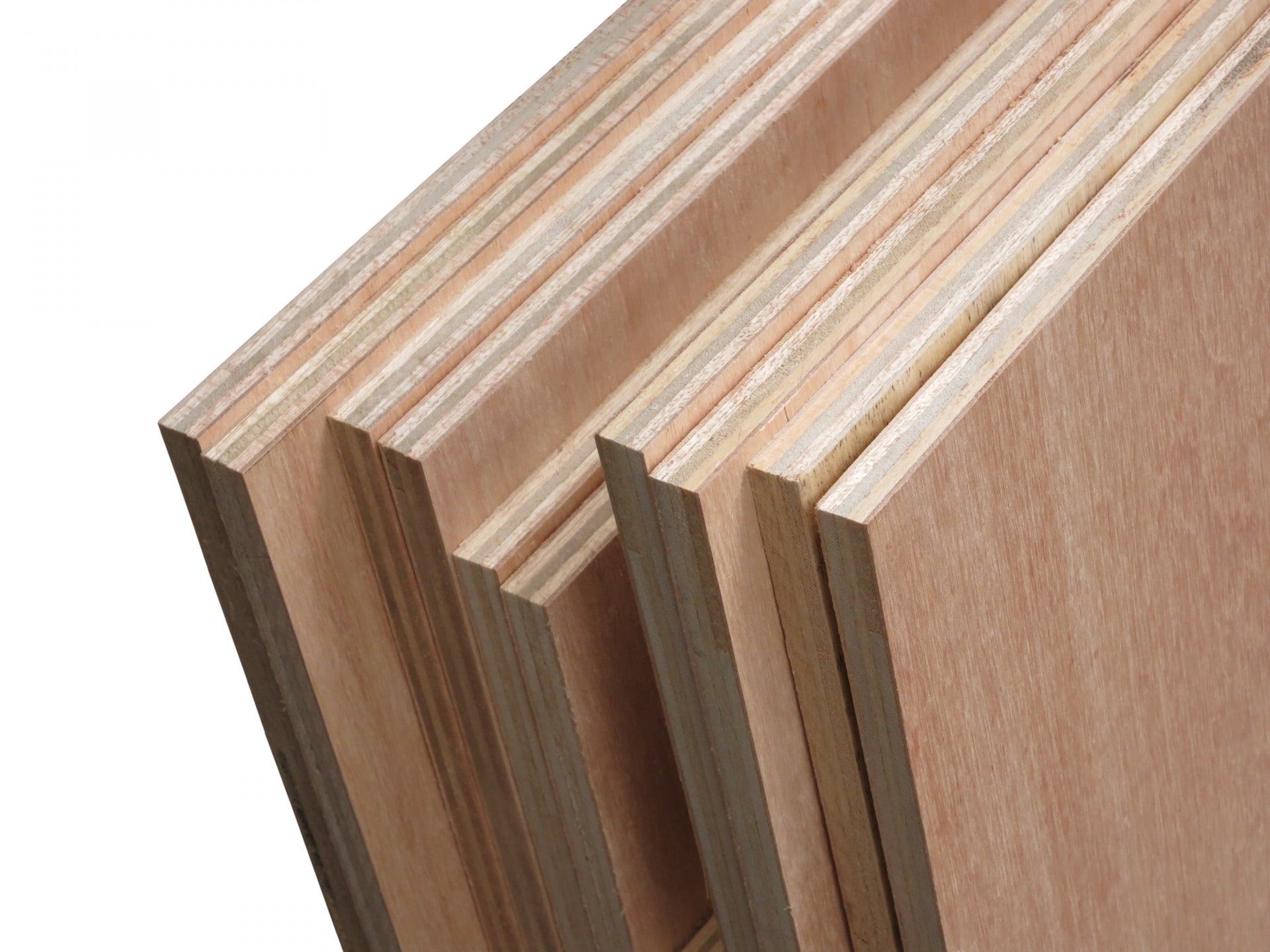
The role of the plywood control panel is to distribute the load. This prevents the weight of the equipment on the third layer of the gym mat from concentrating on the position of your feet. Plywood is hard, so even if a load is applied to one point from the top of the plywood, the entire control panel will absorb the weight downward.
Plywood control panel is a wood plywood board that can be purchased online for about 5,000 yen per tatami mat, so as of April 2024, the unit price is about 30,000 yen for 6 tatami mats. The unit price of wood raw materials fluctuates several times depending on the situation, so please check the latest prices and market rates.
3rd layer: gym mat

Gym mats are rubber mats that come into direct contact with equipment and your feet. Its main role is to prevent equipment and the body from slipping and to suppress vibrations. It is possible to train with just a gym mat, but unless you plan to use a concrete garage as your home gym, it is better to reinforce the first and second layers.
GYMMAT's rubber mats can be purchased from 1,490 yen (tax included) for a 50cm square. If you want to cover 6 tatami mats, 44 sheets will cost 65,560 yen (tax included).
If you need to cut around corners of a room or areas that already have furniture, check out this article.
» Introducing how to cut rubber mats and recommended tools
Steel bundle reinforcement to seriously increase floor strength
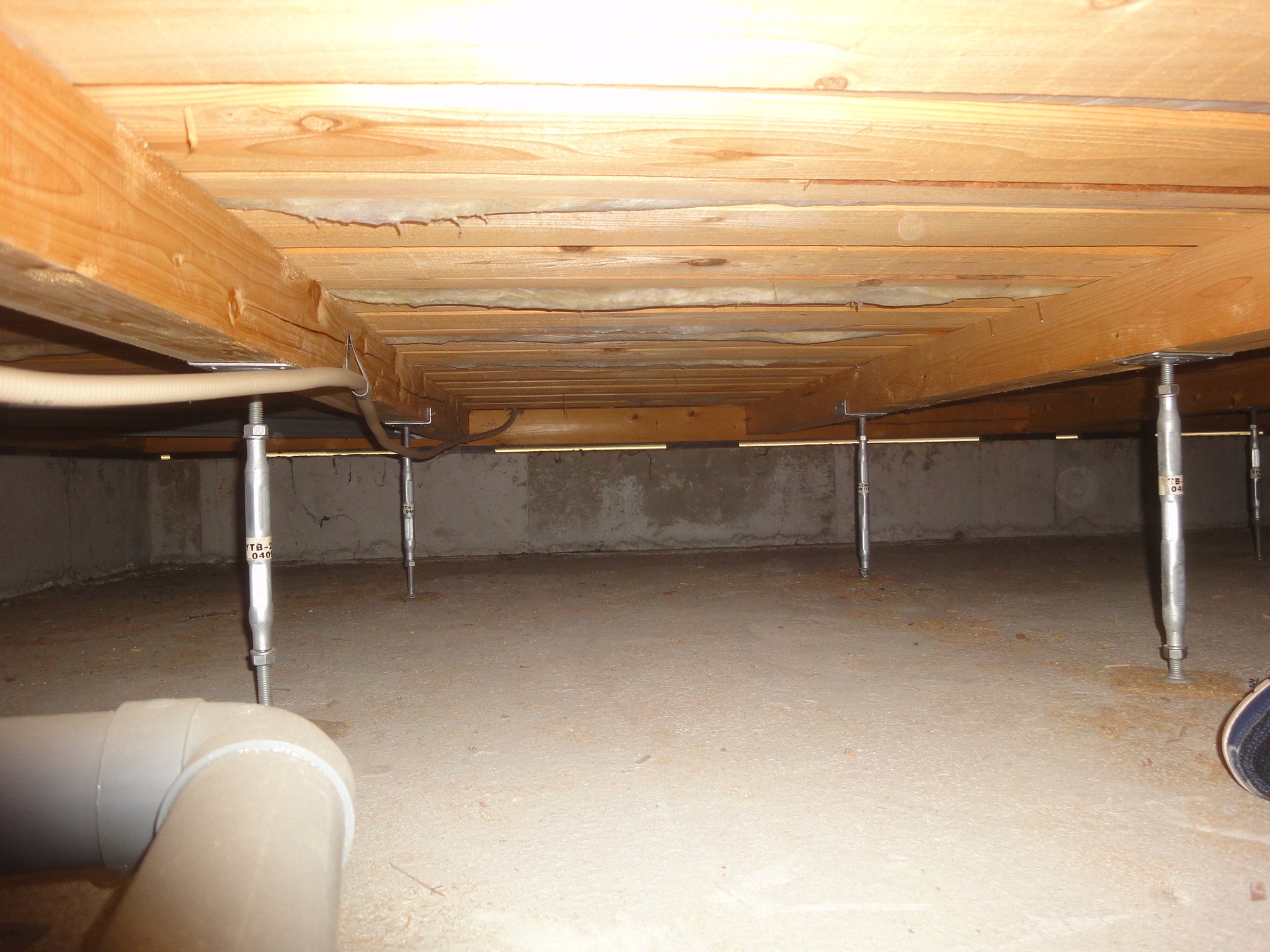
If you are considering installing a home gym during renovations or when building a custom home, consider adding steel bundles under the floor for reinforcement.
Reinforcement with steel bundles involves adding vertical supports with a load capacity of 2 tons each under the ``Oohiki'' floor supports. It is strong enough to hold a car on top of it, so it is recommended for those who want to use a full-fledged home gym with peace of mind.
The steel bundle itself costs a few hundred yen, but installation requires professional installation, so consult with them when getting a construction estimate.
We also have an article that summarizes the process of creating your ideal home gym, so if you are interested, please take a look.
» Create your ideal home gym. Thorough explanation of floors, floor plans, and training equipment
What to do in case the floor falls out or is damaged

If your floor is damaged even after you have taken measures to strengthen it, contact the relevant authorities immediately. If you put it off thinking, ``I wonder if they'll find out,'' or ``I'll just keep quiet for now,'' you could make the situation worse. Just in case, you should know what to do if something goes wrong with the floor in your home gym.
Contact your landlord and management company immediately
If the floor of your rental home is damaged, contact your landlord and management company. If you check your contract, it will tell you who to contact if you have any problems with your home. If you contact us right away, we can respond based on the damage situation at that time, but if you postpone it and the damage worsens, you may end up having to pay more for repairs out of pocket.
If the management company and real estate company are different, it may not be possible to resolve the situation even if you contact the real estate company. If you have any questions, please check the contract first.
Check and contact your insurance
If your floor falls out or breaks, it is imperative that you contact your insurance company. If you are renting a property, contact your landlord and management company, then your insurance company. In most cases, you are required to purchase fire insurance when renting or purchasing a home. Depending on your fire insurance plan, damage caused by negligence may also be covered.
Some people may not know which insurance company they subscribed to, but if they look for the contract documents given by the real estate company when they move in, or the insurance notices they receive from the insurance company after moving in, they can find out which insurance company they subscribed to. You'll know what's going on.
If you can't find any documents, check your passbook. There should be a fire insurance company in the list of recipients. If you are still unsure, it would be a good idea to consult a real estate company. Many people also sign up for fire insurance at the store, so real estate companies often know about it.
If you run into a problem, contact the government office.
If you feel that ``responsibility and problem resolution are not progressing'' or ``you are being put at an unfair disadvantage,'' consult an administrative or legal expert. If you go to the consultation desk of the local government (city, ward, town or village) where you have your residence card, you may be able to receive free legal advice from an attorney.
Search for "○○ City Legal Consultation" in your area of residence to find a counter. In addition to legal advice provided by local governments, you can also use the legal terraces established by the government and the National Consumer Affairs Center.
Reinforce the floor with a mat so you don't regret "I lost my floor in my home gym"
When you build a home gym and the floor comes out, your mind goes blank. Considering the strength of a house, it is hard to imagine that the floor will collapse anytime soon, but reinforcing the floor is essential to protect the floor of your home from damage. Don't forget about the three-layer structure, and if possible, consider reinforcing the underfloor with steel bundles.
When reinforcing the floor, choose a high-quality gym mat that comes in direct contact with your body, as it has a direct impact on training efficiency. Please consider GYMMAT, which has excellent earthquake resistance and strong grip.

